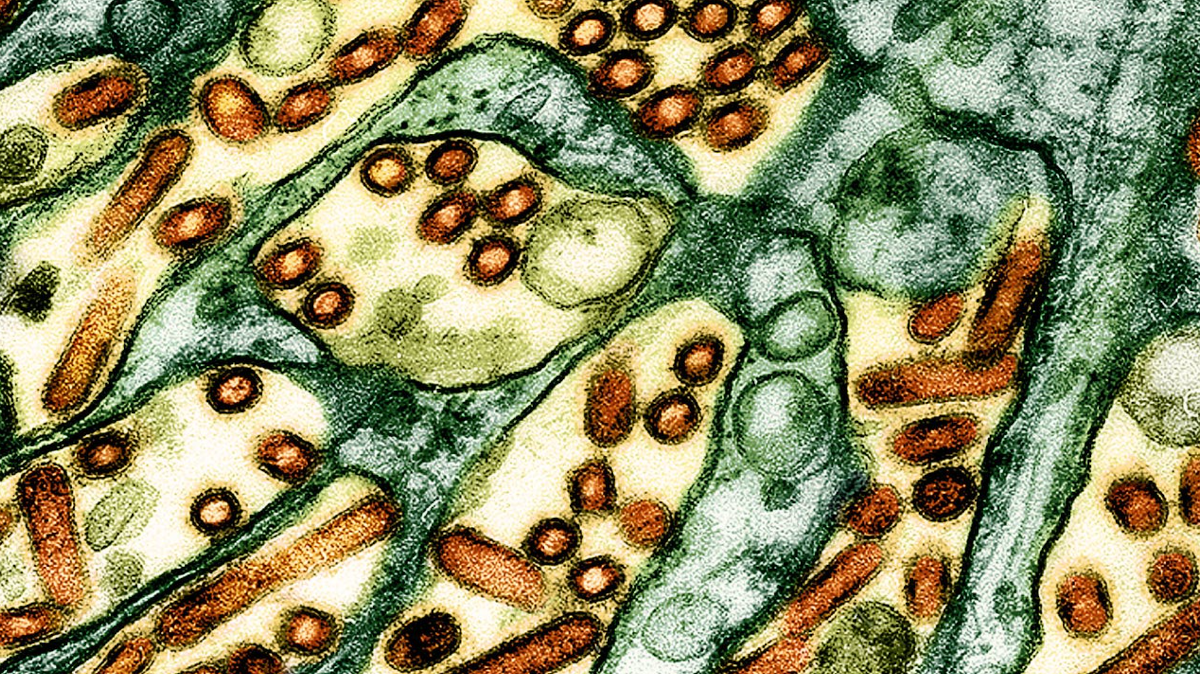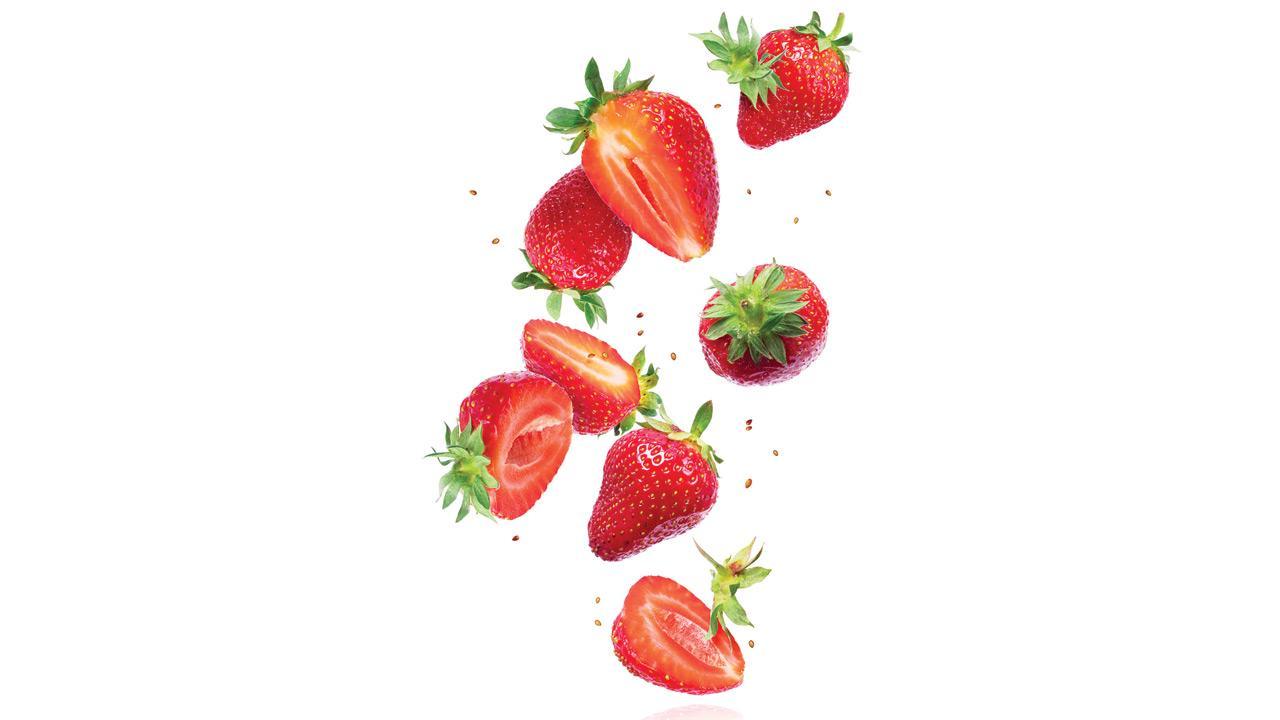— OPINION — Colleagues, it’s time to wake up and smell the coffee. Or, for a true reality check, just scan the Department of Agriculture’s frequently-updated map and tables naming the many animals that have tested positive for highly pathogenic avian influenza (HPAI) in the U.S.
since May 2022. Finding influenza A/H5N1 in wild birds and waterfowl and poultry is nothing new, of course. During 2024, however, our country has seen its first-ever multi-state outbreak in dairy cows expressing milk heavily tainted with the virus, as well as illness, deaths, or detections in cats, goats, alpaca, skunks, and house mice, among others.
The latest species found to harbor A/H5N1 was a backyard pig in Oregon . Once euthanized, its tissues teeming with virus fueled further unease because pigs are classic mixing vessels in which human and avian flu viruses can recombine and form new, virulent strains. Now for some less ominous news: the viral strain currently circulating in American dairy cows and poultry has not yet caused serious disease in people.
Thus far, based on very limited testing, roughly four dozen A/H5N1 infections almost equally divided between dairy and poultry workers have been mild or even asymptomatic. As a result, CDC continues to state that the risk to the general public is low. Having said that, there is now a critically ill teenager in Canada infected with H5N1 whose source of exposure is unknown.
In addition, no knowledgeable expert would deny that influenza vir.


















